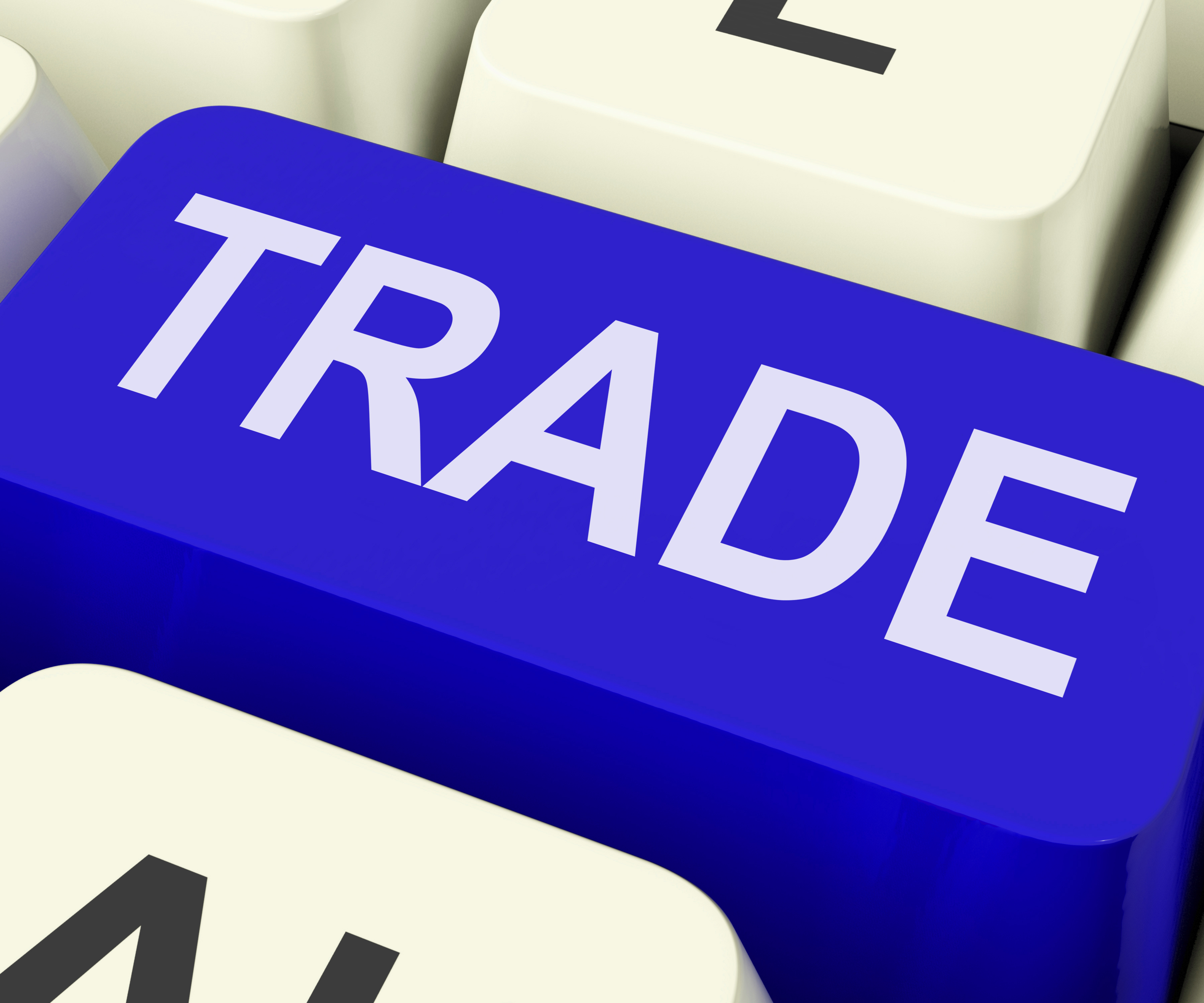Prof. Hicks has formulated his theory of trade cycles around the principle of the multiple-accelerator interaction. According to him, cyclical fluctuations are movements of the system above and below the rising trend line.
Thus the growth path of the economy is characterised by cyclical fluctuations. The long run equilibrium growth path’ of the economy is determined by the growth rate of autonomous investment.
According to him, the theory of acceleration and the theory of multiplier are the two sides of the theory of fluctuations such as the theory of demand and the theory of supply are the two sides of the theory of value.
ADVERTISEMENTS:
In Hick’s trade cycle model, multiplier, accelerator and warranted rate of growth of income play a very important part. The warranted growth of income is consistent with the saving- investment equilibrium.
The system grows at the warranted rate of growth when real investment is taking place at the same rate at which real saving is taking place.
The interaction between the multiplier and the accelerator weaves its path of movements of income around the warranted rate of growth which is the equilibrium output growth path.
ADVERTISEMENTS:
Hicks assume that both the induced investment and autonomous investment is not affected by changes in the level of income.
Since induced investment depends upon changes in the aggregate output, such investment is a function of the rate of growth of output in the economy.
The operation of the accelerator depends on the induced investment. The increase in output from one period to the next period causes a “hump” of investment which interacts through the multiplier.
Line AA shows the time path of autonomous investment and EE shows the equilibrium path of output which is based on AA; line FF shows the growth path of economy’s full employment output which is the ceiling output.
ADVERTISEMENTS:
Line LL shows the lower equilibrium path of output – the lower limit to which real income can fall during the contraction phase of the trade cycle. Thus lines FF and LL set the upper and lower boundaries within which the business cycle moves.
During the expansion phase of the trade cycle both the multiplier and the accelerator operate together to make expansion cumulative in character.
The increase in autonomous investment causes an increase in income and consumption expenditure due to the working of the multiplier. The increase in consumption expenditure induces an increase in investment through the accelerator.
During the down swing the multiplier accelerator mechanism sets in reverse, falling investment reduces income, reduced income reduces investment and so on progressively output would plunge down ward below the equilibrium level EE.
When the slump is severe, induced investment will fall to zero and only autonomous investment will continue. At T2 the slump reaches the boom provided by line LL.

